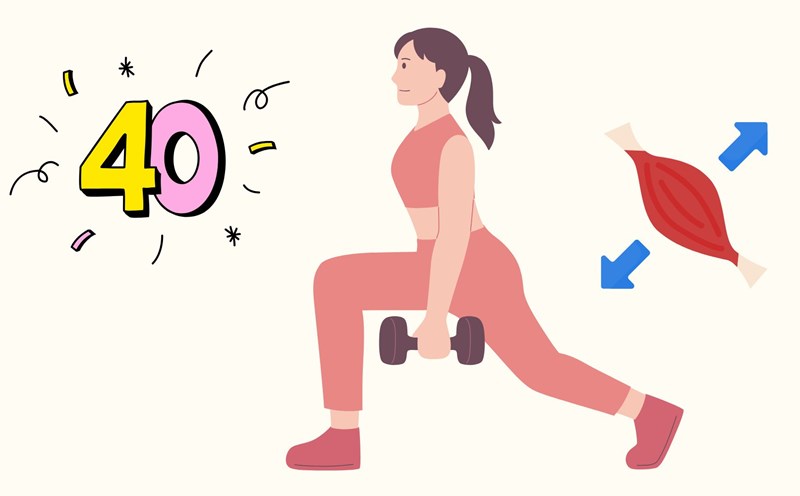Increase strength
Increasing muscle helps increase strength. This also makes daily life easier, carrying objects easier and reduces the risk of back pain when lifting heavy objects.
Reduced risk of injury
Healthy muscles are essential for proper and safe movement. For example, a strong glutes, hamstrings, and core help relieve tension in your lower back while lifting objects.
In addition, muscles play an important role in joint stability, supporting safe movements and reducing the risk of weakness or injury. Increasing muscle mass contributes to joint stability, improves posture, and prevents injury.
If you are just starting strength training, it is important to prioritize good form and take a gradual approach. The body needs time to adapt, build muscle and increase strength. Overtraining or poor posture can increase the risk of injury.
Better blood sugar control
Higher muscle mass means more insulin- sensitive cells, which effectively remove glucose from the blood and lower blood sugar. In addition, muscle tissue can absorb glucose without insulin, especially during and after exercise. These factors help maintain healthy blood sugar levels, reducing the risk of type 2 diabetes.
Improve metabolism
Higher muscle mass leads to a higher resting metabolic rate, meaning the body burns more calories at rest.
Stronger bones
Muscle mass is closely related to higher bone mineral density. Strong bones help reduce the risk of bone-related conditions such as osteoporosis. Increasing muscle mass also helps stabilize joints, reduce the risk of injury, and can relieve pain caused by conditions such as arthritis.










